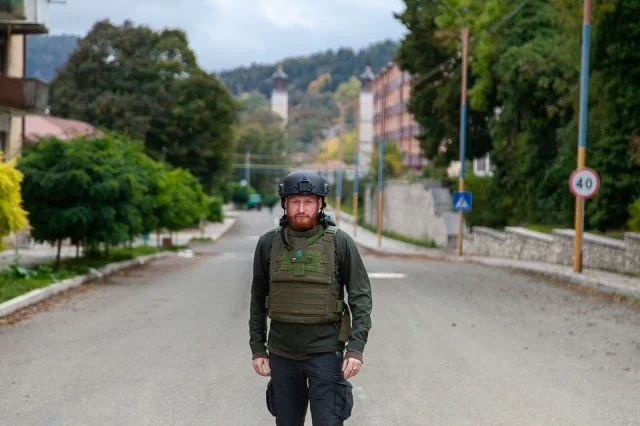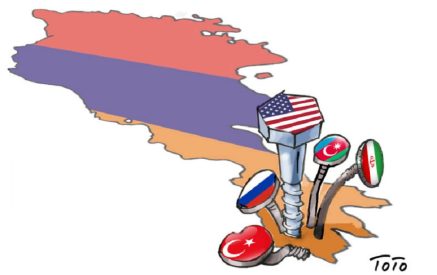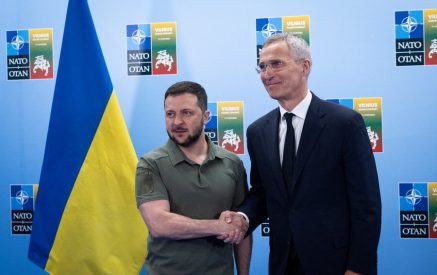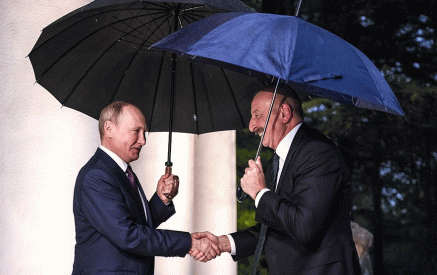On March 11, the Meda Center organized a panel discussion on “Propaganda and Misinformation in the Context of the Conflict in Ukraine.” Lusine Voskanyan, a journalist from the Fact Investigation Platform (FIP), said, “During the Russian-Ukrainian war, we are in a much more advantageous position than during the second Artsakh war, because we had no experience at that time. This experience has allowed us to better understand where this misinformation is coming from and what its sources are in this war. Twitter, Telegram… misinformation is mainly spread on these platforms.
Moreover, it is done at a high level. From the first day of the Russian-Ukrainian war, we have been working in an emergency mode and trying to protect the public from false information. A vulnerable situation is created for society. As in the case of the Artsakh war, we saw familiar faces here: one of the representatives of Russian propaganda, the famous Semyon Pegov, appeared again and it was obvious to our society that we could encounter fake news. While covering the Artsakh war, we saw that these blogs were spreading a lot of misinformation.” She noted that in these days of the Russian-Ukrainian war, no matter how neutral the Armenian authorities are, the thesis is spread that Armenia is on one side and the Armenian soldiers took part in that war, even spreading a picture that the Armenian soldier was taken prisoner. This was greatly exploited by Georgian and Azerbaijani social network groups, which did not miss the opportunity, trying to involve Armenia in the conflict. ”
Sarik Andreasyan and Margarita Simonyan are constantly trying to create the impression that Armenia has sided with Russia. For example, they shared the well-known video that an event was organized in the Victory Park of Armenia in defense of the Russian Armed Forces. We spent a lot of resources trying to find out who actually filmed it and when, and in the case of both this and the Kyiv Bridge, we did not know where they came from.”
Hripsime JEBEJYAN























































